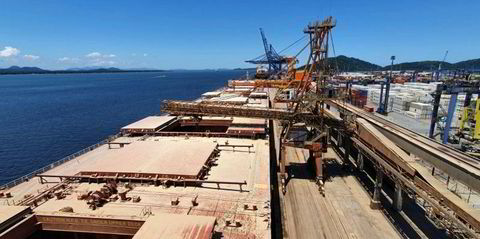Shipping rates have seen the largest seasonal drop in over half a decade as global events coupled with typical trading patterns to hinder earnings, the world's largest shipbroker says.
Sarah Holden, an analyst at Clarksons, said the cross-sector ClarkSea index was down 40% from its December peak to the trough seen in the middle of February.
Holden explained the swing was not unprecedented, with similar percentage drops recorded 2014 and 2016. However, this year's decline is the largest since 2012, according to data from the shipbroker.
The ClarkSea index past $16,000 per day late last year. But it was down to $9,767 per day last month and averaged $11,893 per day for the quarter, Clarksons said.
“Of course, seasonal trends are key drivers here, with Q4 often the quarter of the year with the strongest earnings, supported by increased trade in energy commodities in the northern hemisphere winter, and by higher mine output in key regions,” Holden wrote.
“Conversely, the early part of a year can see disruption to mining activities from adverse weather, including in Brazil, Australia and Indonesia.
“However, specific factors are always at play too, with January’s record tanker deliveries and recent demand disruptions (such as the Vale dam collapse, China’s coal import restrictions and continued limited US-China trade in some commodities) unlikely to have helped matters.”
While Holden said 2019 was off to a tricky start, a weak first quarter is a regular feature of the shipping markets.
“The trend seen this year is perhaps not really outside of the ordinary given historical market performance,” she said.
“It also doesn’t show where the markets may end up later in 2019, but in this volatile industry.”






